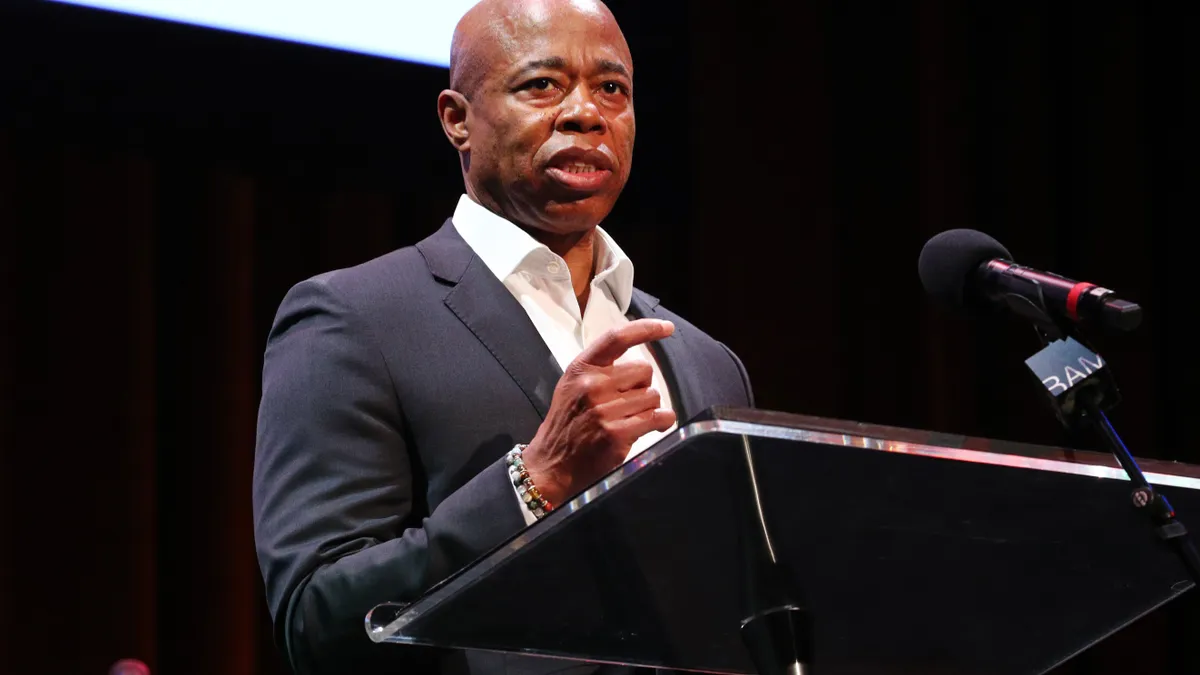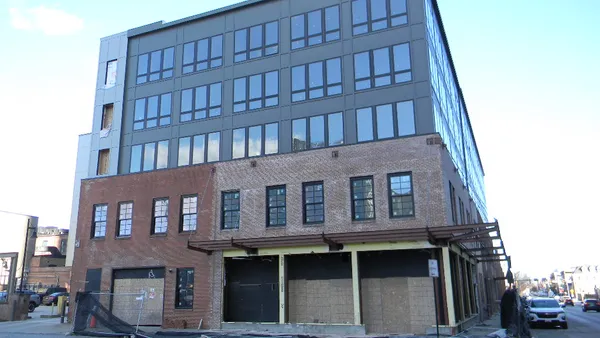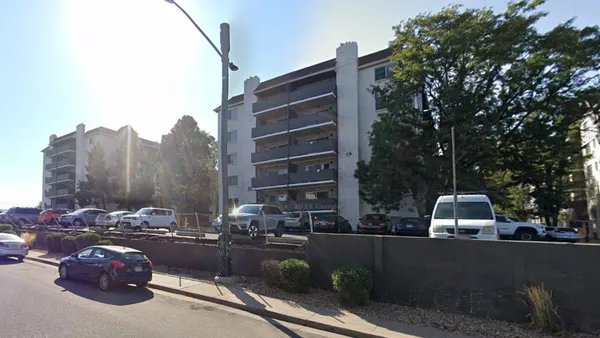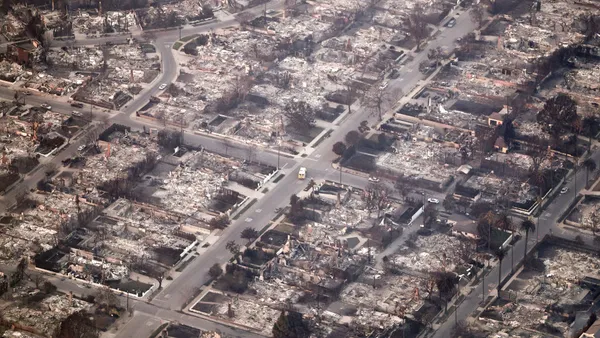Dive Brief:
- New York City is aiming to help address the city’s affordable housing crisis by changing zoning laws in Midtown to allow more housing, including rent-restricted units, Mayor Eric Adams announced during the city’s State of the City address last week.
- The city also plans to provide $22 million to increase staff dedicated to investigating and enforcing tenant protection and source-of-income laws as well as improve its partnerships with community groups and legal services providers to help protect tenants being pushed out of rent-regulated apartments.
- The city will also expand its Big Apple Connect program, which provides free broadband to residents living in New York City Housing Authority developments, and launch a new pilot program that offers free broadband to Bronx and Northern Manhattan households with Section 8 vouchers, the mayor announced on Thursday.
Dive Insight:
The moves are part of Adams’ Working People’s Agenda, which lays out a series of reforms aimed at building a “sustainable society” focused on jobs, safety, housing and caring for people, the mayor stated during the State of the City address.
New York City is among the many U.S. cities that are changing zoning laws and investing in creating new housing to address the shortage of available units.
The mayor last month announced a “moonshot goal” of creating 500,000 new housing units in the city over the next decade. The city plans to reform zoning laws to allow commercial property-to-housing conversions, reduce or eliminate parking requirements and allow a wider variety of housing types to be constructed. The city also plans to improve environmental quality review, land use approval and building permitting processes to allow faster construction.
Adams said on Thursday that the city is also working to build its largest 100% affordable housing development in 40 years in the Willets Point neighborhood in Queens. The project will include a soccer stadium and public space.
“In 2023, we are going to accomplish great things together, including building more housing in high-opportunity neighborhoods and near transit hubs,” Adams said.












